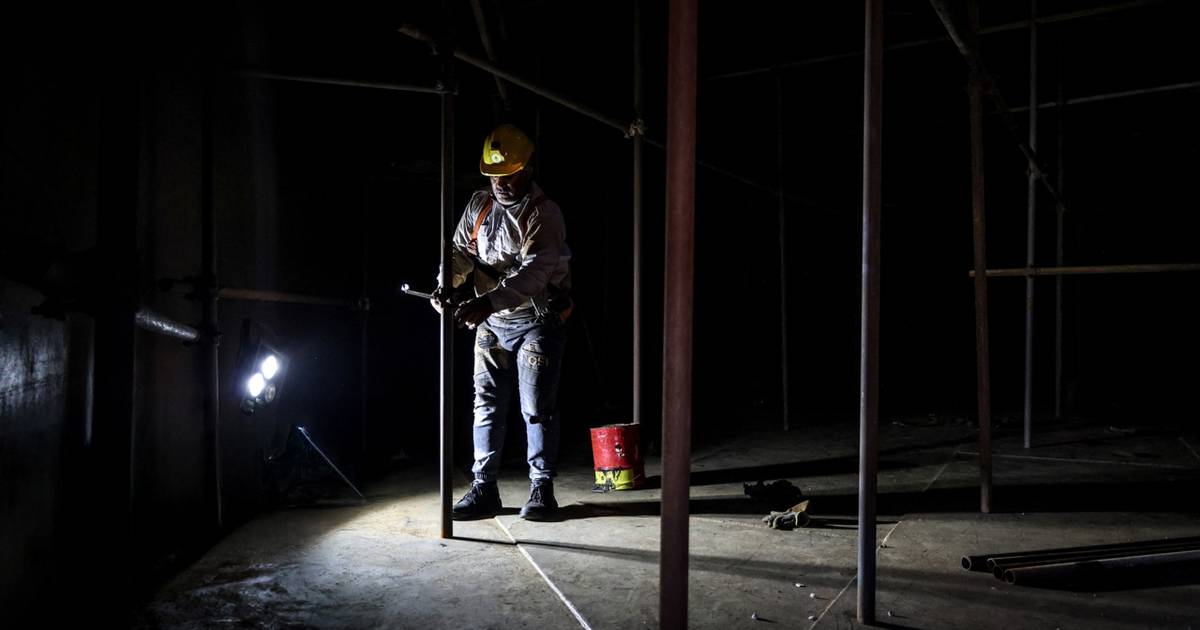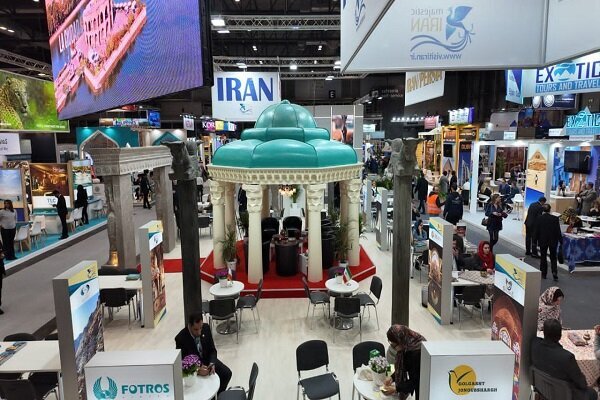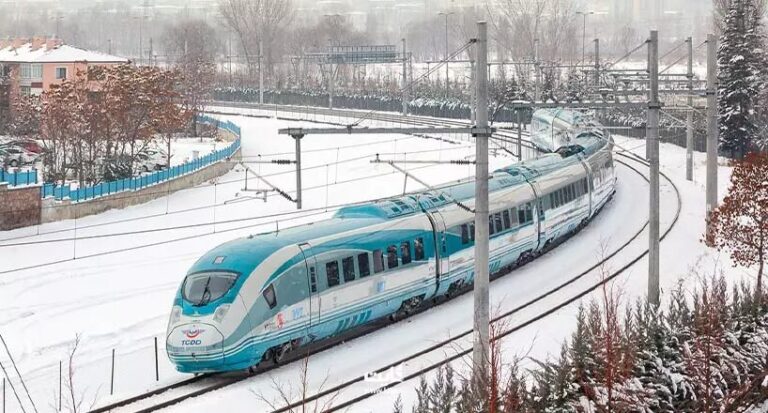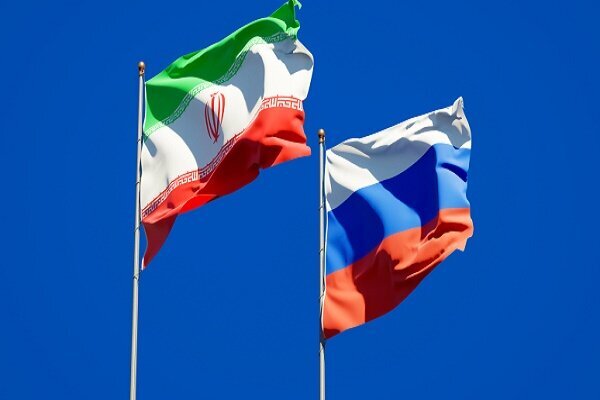Iran Faces Economic Turmoil: A Tough Year Threatens to Spiral into Crisis
As Iran embarks on its new fiscal year starting March 21, the nation faces severe economic and energy challenges that have prompted even government officials to admit that conditions may deteriorate further. The primary keyword for this discussion is “Iran’s economic crisis,” which encapsulates the multifaceted issues currently plaguing the country.
With the return of Donald Trump to the White House, the revival of the US administration’s maximum pressure policy has tightened economic constraints on Iran. The situation is exacerbated by alarming inflation rates and currency depreciation, leading to significant hardships for the Iranian populace.
Current Economic Conditions in Iran
According to the Central Bank, the year-on-year inflation rate reached a staggering 45% last month. However, local media sources indicate that the true inflation rate is even higher, particularly affecting essential goods like food and medicine, which have practically doubled in price. The end of the fiscal year saw the US dollar soaring to nearly 1 million Iranian rials, marking a 65% increase since the start of the previous fiscal year. The rapid depreciation of the rial has resulted in:
- Depleting foreign reserves, which are now only one-fourth of their level in March 2024.
- Significant capital flight, with a total of $12.5 billion leaving the country.
- A negative balance of foreign currency inflows and outflows, including gold bullion.
As Iran’s oil exports to China decline sharply since September, the situation is expected to worsen, especially since oil and gas make up over half of the country’s total exports.
Foreign Trade Overview
The first half of the current fiscal year, which commenced on March 20, 2024, has shown troubling trends in foreign trade. The Central Bank reported a positive overall trade balance of $11.5 billion, including oil, goods, and services. However, the capital flight has overshadowed this positive figure. Notably:
- About 93 tons of gold worth $7.3 billion were imported in exchange for oil and goods exports, marking a threefold increase from the previous year.
- More than 55% of this gold was sourced from Turkey.
- Approximately 13% of Iran’s total oil and non-oil exports have been bartered for gold, emphasizing the government’s struggle to receive foreign currency payments.
These circumstances highlight Iran’s dire need for foreign exchange reserves, further complicating the economic landscape.
Government Debt Crisis
The Iranian government’s debt has surged by 41% during the current fiscal year, primarily due to extensive borrowing from domestic banks to cover its growing budget deficit. Key points to note include:
- The International Monetary Fund (IMF) estimates Iran’s total government debt has exceeded $120 billion, which is roughly one-third of the nation’s economy.
- In contrast, Iran’s total external debt stands at less than $10 billion, constituting only 2% of GDP.
- Two decades ago, prior to heavy sanctions, Iran’s external debt was more than 12% of GDP, driven by foreign investments.
This growing reliance on domestic borrowing has led to increased liquidity, further intensifying inflation. Over the past year, liquidity in Iran has escalated by 28%.
Impact on Poverty Levels
The ongoing economic crisis has propelled many Iranians into poverty. Official reports indicate that:
- About one-third of the population lives in extreme poverty.
- According to World Bank standards, approximately 80% of Iranian households earn less than $600 per month, placing them below the poverty line.
The dire economic conditions are prompting urgent calls for reform and support from the international community.
Energy and Water Crisis in Iran
For the first time, Iran is experiencing electricity and gas shortages throughout all seasons. During peak summer demand in 2024, electricity shortages reached 20%, while winter gas shortfalls surged to 25%. Officials warn that these energy shortages could worsen in the upcoming fiscal year by at least 5%.
Industrial reports indicate that since summer 2024, energy disruptions have led to:
- 30-40% of Iran’s industrial capacity being forced to shut down.
- Growing shortages in gasoline and diesel since 2023, with expectations of rapid escalation without new refinery projects.
Furthermore, Iran’s water crisis has reached a critical point, with Tehran’s main reservoirs reported to be at just 7% capacity, raising concerns about severe water shortages by summer 2025.
In conclusion, Iran’s economic crisis is a complex situation that requires immediate attention and action to mitigate the adverse effects on its citizens. The interplay of inflation, currency depreciation, energy shortages, and rising poverty levels presents a daunting challenge for the Iranian government and its people.






